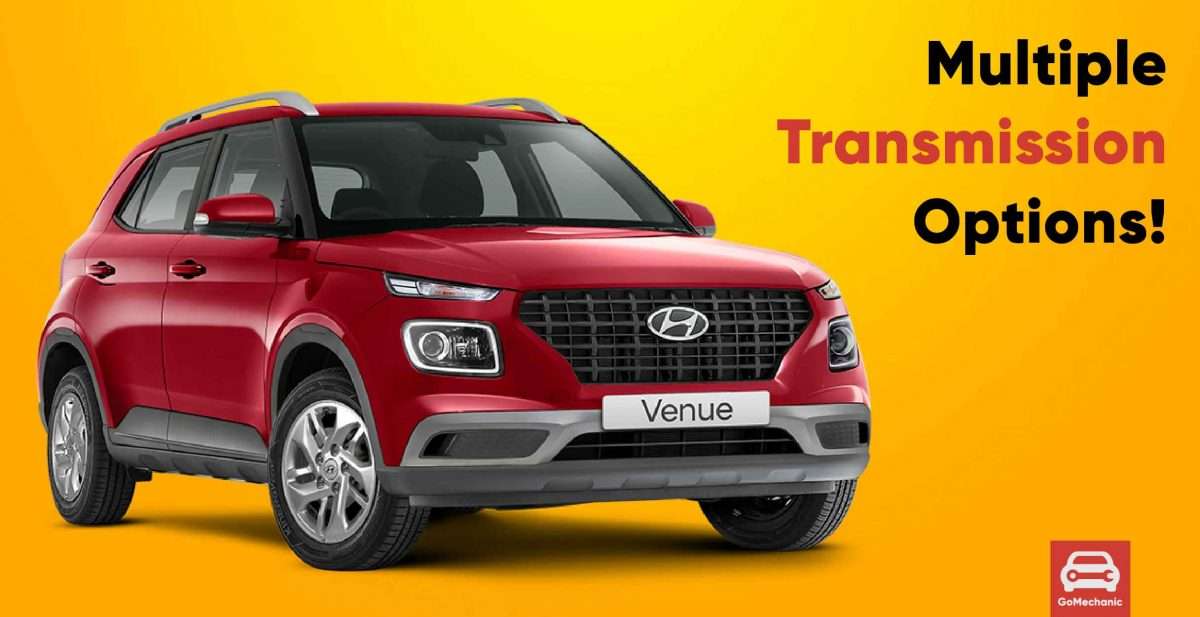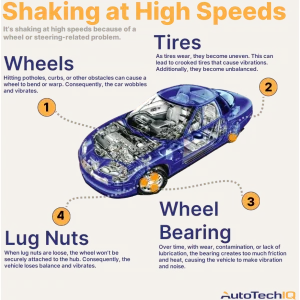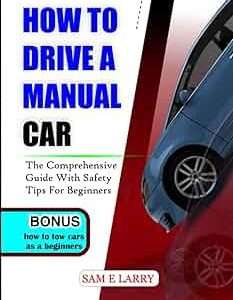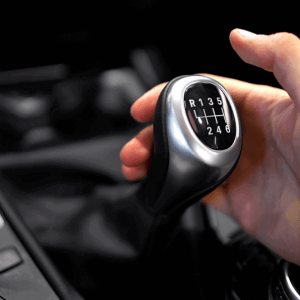Choosing between an automatic and manual transmission car in India can be a tough decision. It depends on your driving style, budget, and preferences. Manual transmissions offer more control. Automatic transmissions provide convenience, especially in heavy traffic. This article will explore the pros and cons of each.
Manual Transmission: The Classic Choice
Manual transmissions, also known as stick shifts, require the driver to manually shift gears using a clutch and gear lever. They are generally more affordable than automatic transmissions. They also often offer better fuel efficiency. The driver has complete control over the engine’s power output.
Advantages of Manual Transmissions:
- Lower initial cost
- Potentially better fuel economy
- More driver control
- Simpler mechanics, potentially lower maintenance costs
Disadvantages of Manual Transmissions:
- Requires more driver skill
- Can be tiring in heavy traffic
- Less convenient than automatic transmissions
Driving a manual car can be very rewarding. It provides a direct connection to the vehicle. However, it’s not for everyone. Consider your daily commute and driving habits.
Automatic Transmission: Convenience Reigns Supreme
Automatic transmissions shift gears automatically, without requiring driver input. This makes driving much easier, especially in stop-and-go traffic. Modern automatic transmissions are very sophisticated. They offer smooth and efficient gear changes.
Advantages of Automatic Transmissions:
- Easier to drive, especially in traffic
- More convenient
- Reduces driver fatigue
Disadvantages of Automatic Transmissions:
- Higher initial cost
- Potentially lower fuel economy (though modern automatics are closing the gap)
- Less driver control
- Can be more expensive to repair
Automatic transmissions are ideal for drivers who prioritize convenience. They are also a good choice for those who frequently drive in congested areas. Consider the long-term benefits of reduced stress and fatigue.
Factors to Consider When Choosing
Several factors should influence your decision. Think about your budget. Consider your driving environment. Evaluate your personal preferences. Fuel efficiency is also an important consideration.
- Budget: Manual cars are generally cheaper.
- Driving Environment: Automatic cars are better for city traffic.
- Personal Preference: Do you enjoy the control of a manual, or prefer the ease of an automatic?
- Fuel Efficiency: Modern automatics are becoming more fuel-efficient, but manuals often still have an edge.
FAQ: Frequently Asked Questions
The Rise of AMT (Automated Manual Transmission)
AMT, or Automated Manual Transmission, is a hybrid technology. It combines the fuel efficiency of a manual with the convenience of an automatic. AMT systems use electronic actuators to shift gears. This eliminates the need for a clutch pedal. They are generally more affordable than traditional automatic transmissions.
Advantages of AMT:
- Affordable automatic option
- Good fuel efficiency
- Relatively simple technology
Disadvantages of AMT:
- Can feel jerky compared to traditional automatics
- Slower shift times than traditional automatics
AMT is a great option for budget-conscious buyers. It offers a taste of automatic convenience. However, be prepared for slightly less refined performance. Test drive an AMT car before making a decision.
Maintenance Tips for Both Transmissions
Proper maintenance is crucial for extending the life of any transmission. Regular servicing can prevent costly repairs down the road. Follow the manufacturer’s recommended maintenance schedule.
Manual Transmission Maintenance:
- Check and replace the transmission fluid regularly.
- Avoid riding the clutch.
- Ensure the clutch cable is properly adjusted.
Automatic Transmission Maintenance:
- Change the transmission fluid according to the manufacturer’s recommendations.
- Avoid harsh acceleration and braking.
- Have the transmission inspected for leaks regularly.
Neglecting transmission maintenance can lead to serious problems. These problems can include slipping gears, rough shifting, and even complete transmission failure. A little preventative care goes a long way.
Future Trends in Transmissions
The automotive industry is constantly evolving. New transmission technologies are emerging all the time. Expect to see more electric vehicles with single-speed transmissions. Hybrid vehicles will continue to refine their transmission systems. Efficiency and performance will remain key drivers of innovation.
- Electric Vehicles (EVs): EVs often use single-speed transmissions due to the electric motor’s wide torque range.
- Hybrid Vehicles: Hybrids are optimizing their transmissions for maximum fuel efficiency and seamless integration with electric motors.
- Advanced Automatics: Expect to see more automatics with 8, 9, or even 10 gears for improved fuel economy and performance.
The future of transmissions is likely to be more efficient, more sophisticated, and more integrated with electric powertrains. Stay informed about the latest advancements to make the best choice for your needs.
Making the Right Choice for You
Ultimately, the best transmission for you depends on your individual needs and preferences. Consider all the factors discussed in this article. Test drive different cars with both manual and automatic transmissions. Talk to friends and family about their experiences. Do your research and make an informed decision. Happy driving!
Remember to prioritize your comfort and safety. Choose a car that you enjoy driving and that meets your practical needs. A well-informed decision will lead to years of happy motoring.





